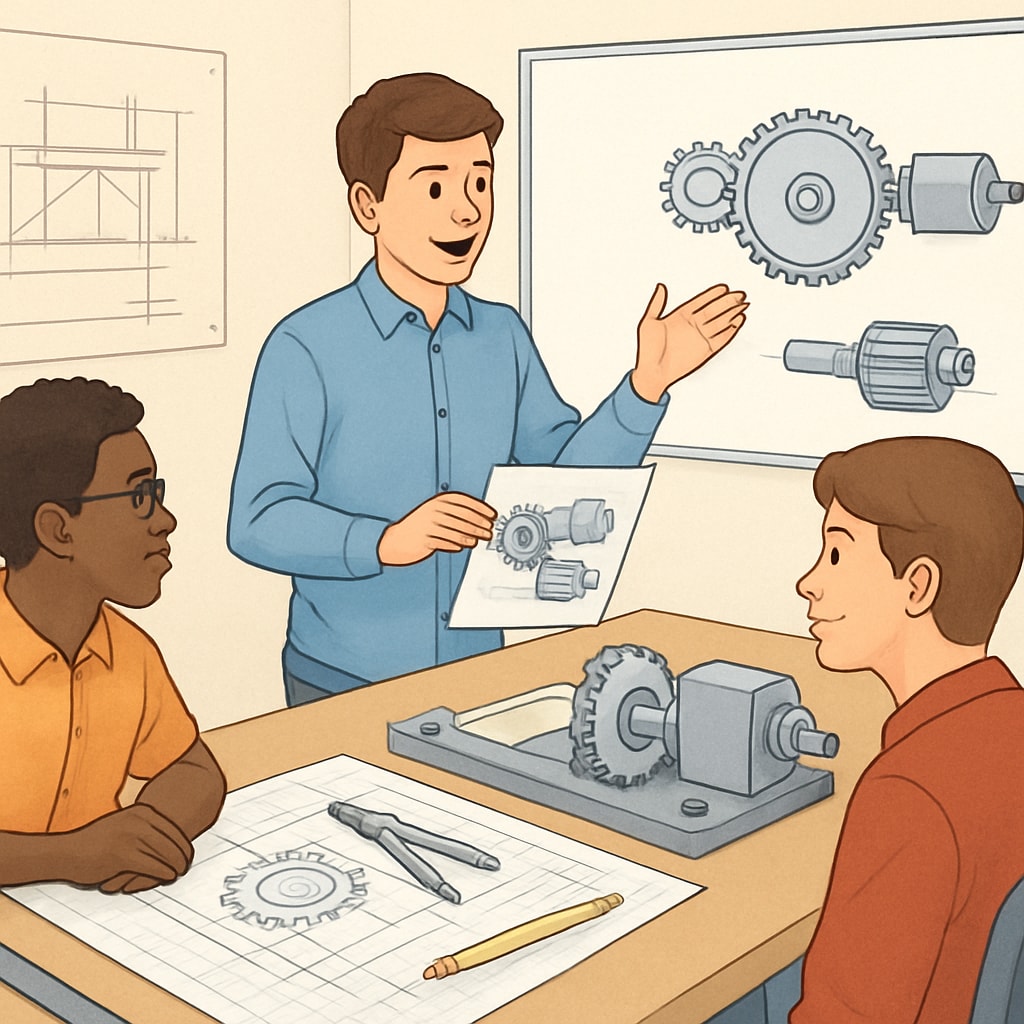Combining an education degree and an engineering degree through a dual degree program is an ambitious and rewarding path for those who aim to excel in interdisciplinary fields. This unique academic journey equips students with the technical expertise of engineering and the pedagogical skills of education, preparing them for careers ranging from teaching STEM subjects to designing educational technologies. However, pursuing dual degrees in these distinct disciplines involves careful planning, dedication, and an understanding of the challenges and opportunities along the way.

The Benefits of Pursuing a Dual Degree in Education and Engineering
Choosing to study both education and engineering offers distinct advantages. Firstly, students gain a versatile skill set, enabling them to work in diverse roles such as STEM educators, curriculum developers, or engineers specializing in educational tools. Secondly, this combination fosters creative problem-solving—using engineering principles to address educational challenges or applying teaching methodologies to improve engineering practices. Additionally, graduates with dual degrees are highly sought after in industries that value interdisciplinary expertise, such as educational software development and robotics for learning environments.
Universities offering dual-degree programs often design curricula to integrate these fields effectively, allowing students to explore the intersection of technology and education. For example, institutions like Stanford University or MIT have interdisciplinary programs tailored for students interested in merging these fields. Learn more about engineering.
Challenges of Balancing Two Distinct Fields
While the rewards are significant, pursuing dual degrees in education and engineering comes with its challenges. Time management is crucial, as students must fulfill the requirements of two demanding programs, often with overlapping deadlines. Additionally, the contrasting nature of these disciplines—one rooted in technical problem-solving and the other focused on human interaction and pedagogy—can require a shift in mindset when switching between coursework.
Financial considerations are another challenge. Dual-degree programs may require additional semesters, increasing tuition costs. To mitigate this, students can explore financial aid options, scholarships, or work-study programs. Universities like Purdue and the University of Michigan provide resources to support dual-degree students. Discover more about education.

Practical Tips for Success in a Dual Degree Program
To succeed in a dual degree program, students should adopt these strategies:
- Plan Ahead: Early planning ensures that students meet the requirements for both degrees without unnecessary delays.
- Seek Support: Utilize academic advisors and mentors who can provide guidance on balancing coursework and career goals.
- Stay Organized: Use tools like calendars and project management apps to track assignments and deadlines.
- Engage in Interdisciplinary Projects: Participate in internships or research opportunities that combine education and engineering.
- Network: Connect with professionals and peers in both fields to gain insights and career opportunities.
By following these strategies, students can navigate the challenges of dual degrees and emerge as highly skilled professionals capable of bridging the gap between education and technology.
In conclusion, earning a dual degree in education and engineering is a demanding yet fulfilling academic path. It opens doors to innovative careers while fostering interdisciplinary thinking. With careful planning and dedication, students can thrive in this unique combination of fields, making valuable contributions to education and technology alike.


